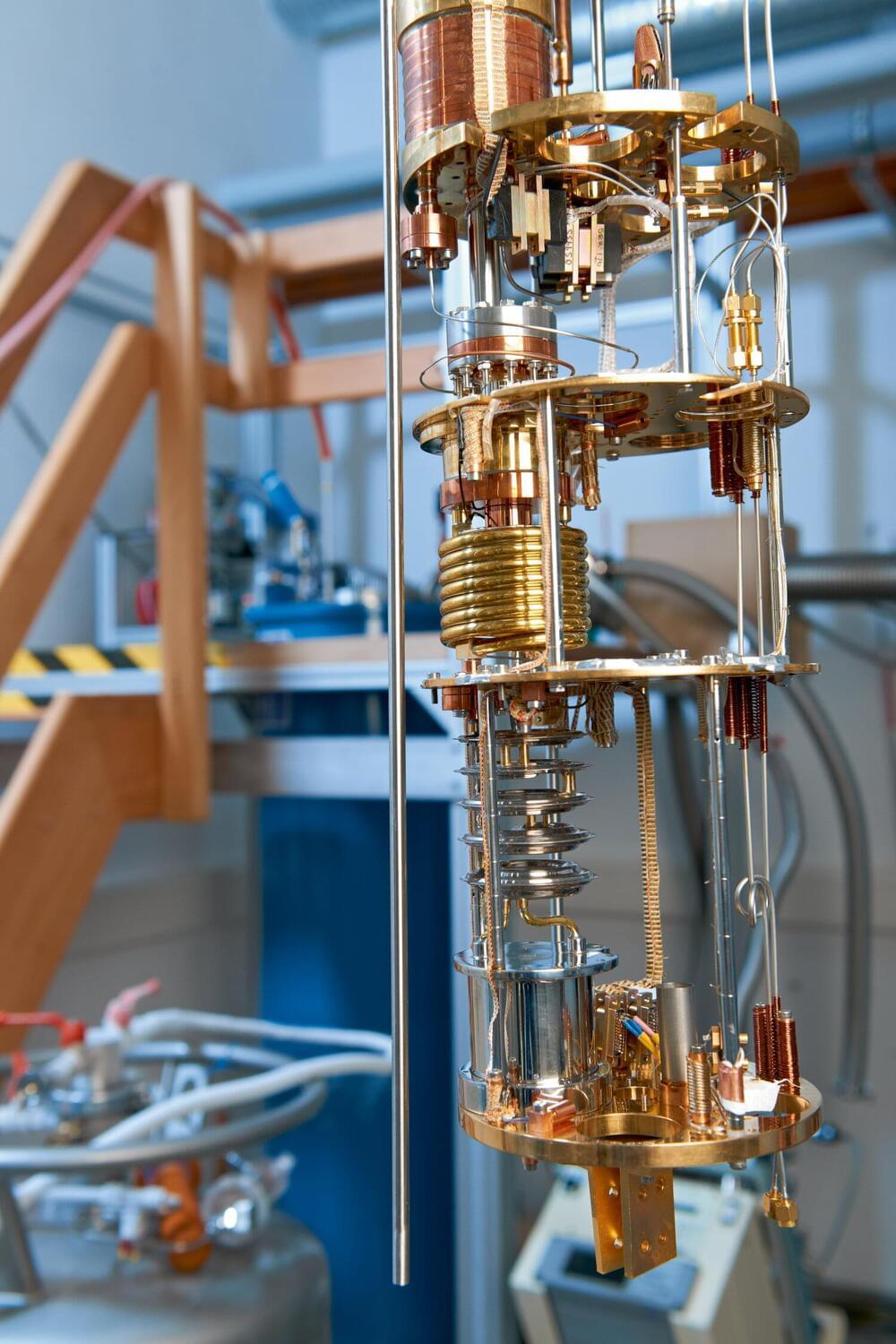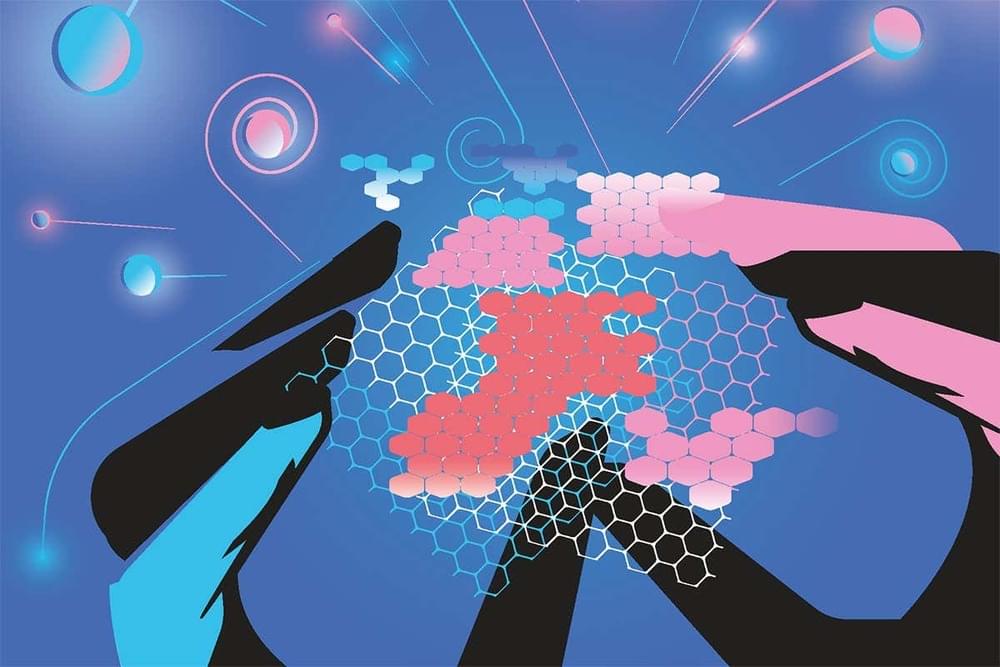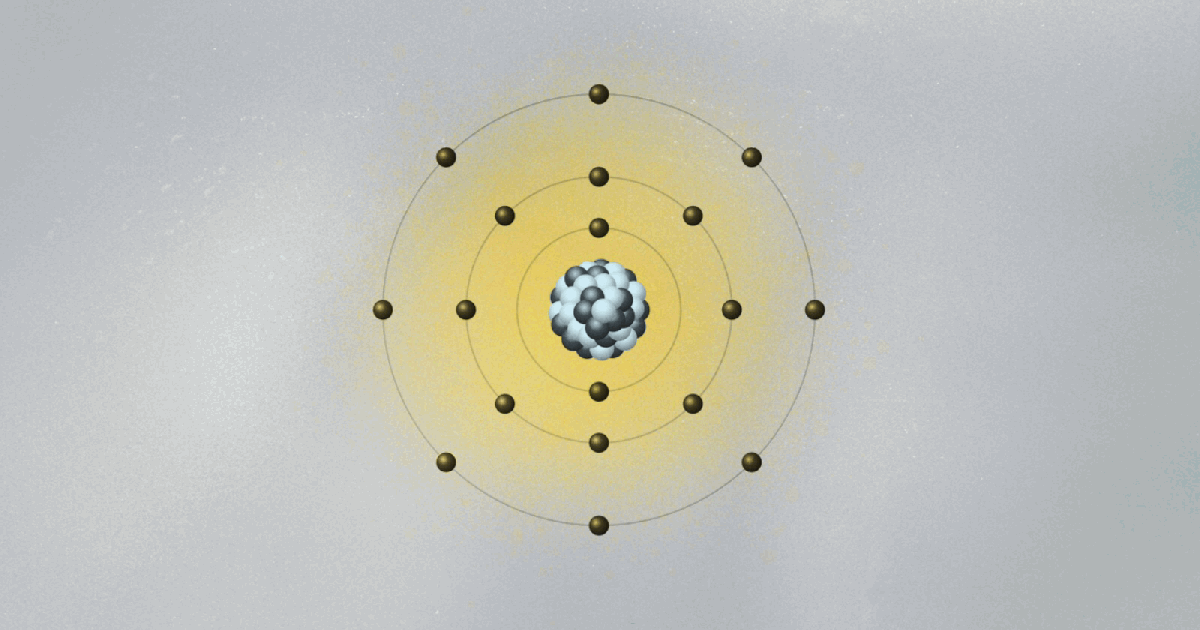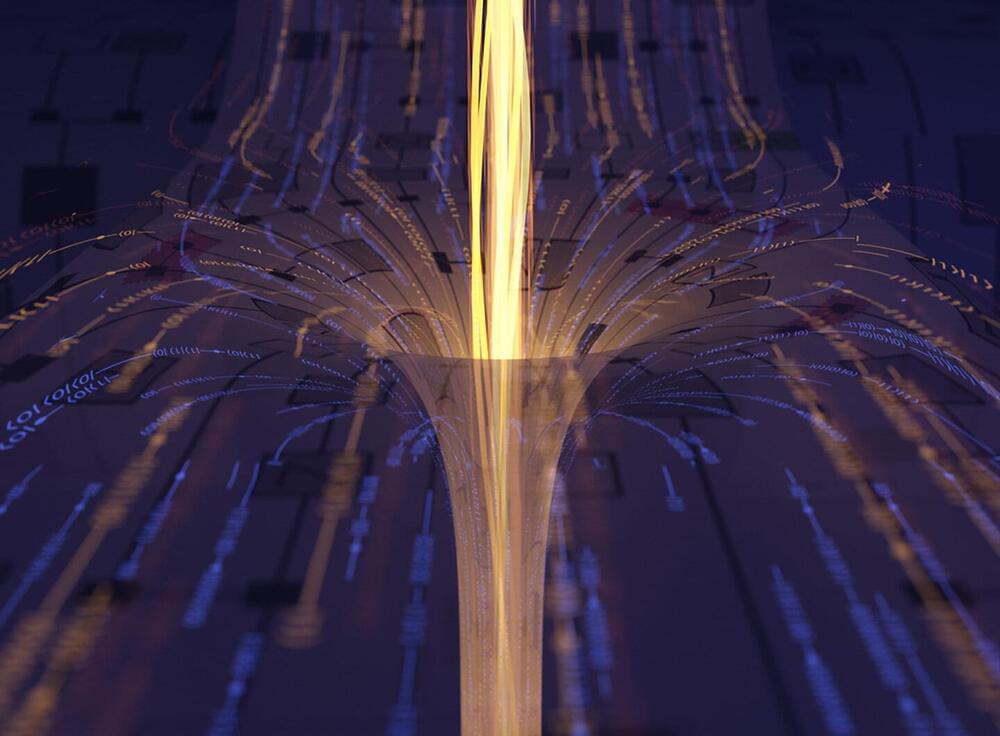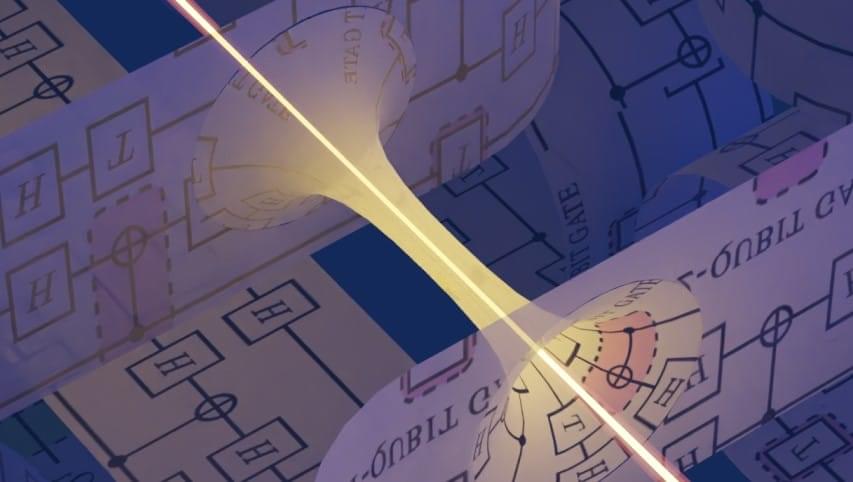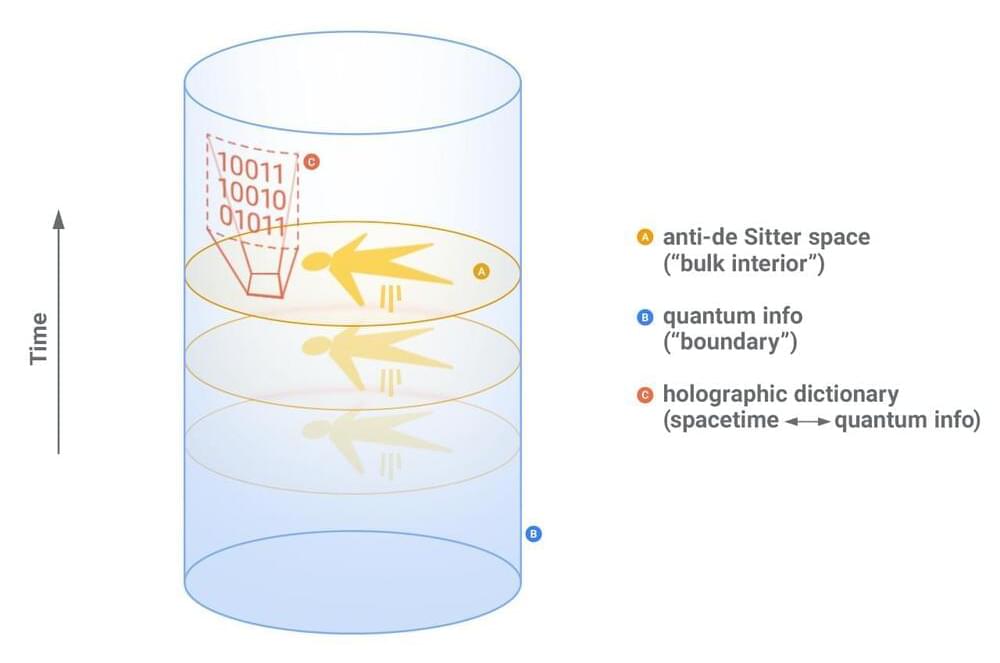Water that simply will not freeze, no matter how cold it gets—a research group involving the Helmholtz-Zentrum Dresden-Rossendorf (HZDR) has discovered a quantum state that could be described in this way.
Experts from the Institute of Solid State Physics at the University of Tokyo in Japan, Johns Hopkins University in the United States, and the Max Planck Institute for the Physics of Complex Systems (MPI-PKS) in Dresden, Germany, managed to cool a special material to near absolute zero temperature.
They found that a central property of atoms—their alignment—did not “freeze,” as usual, but remained in a “liquid” state. The new quantum material could serve as a model system to develop novel, highly sensitive quantum sensors. The team has presented its findings in the journal Nature Physics.
